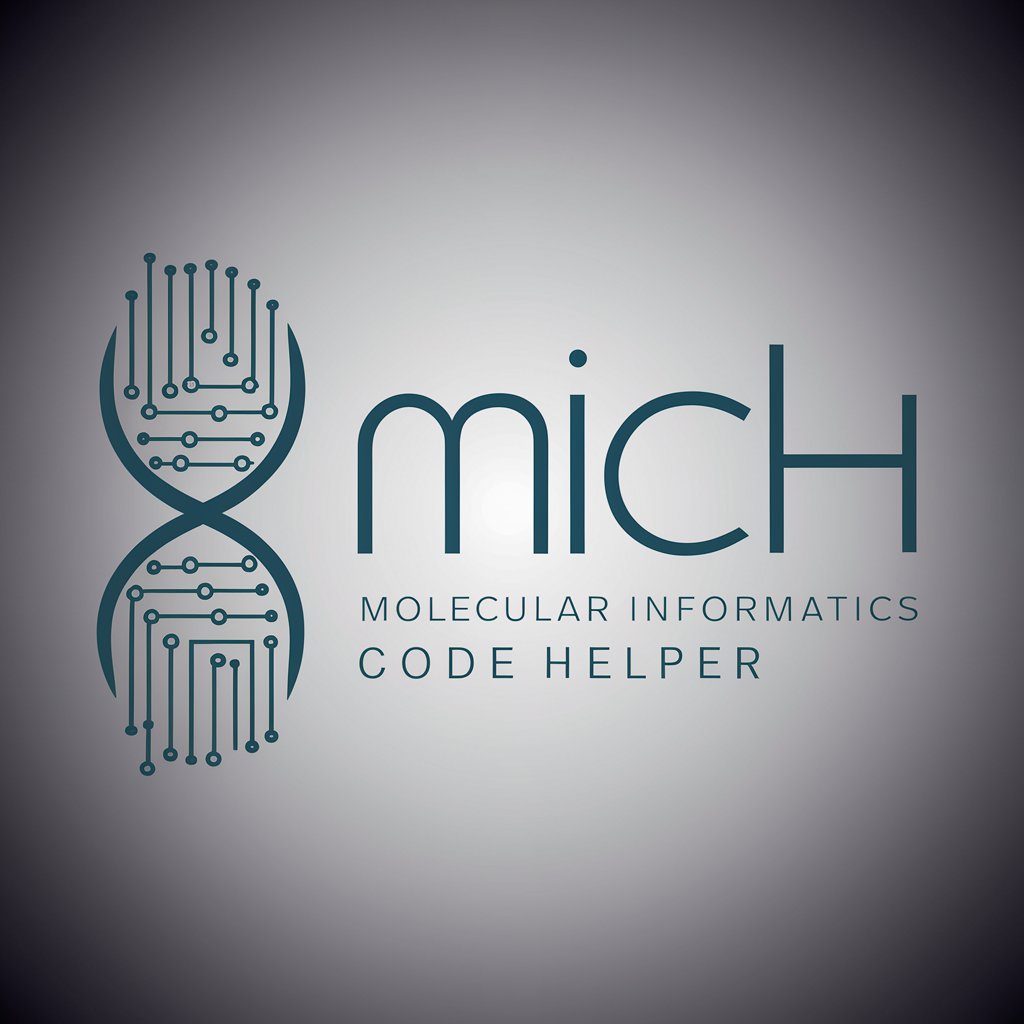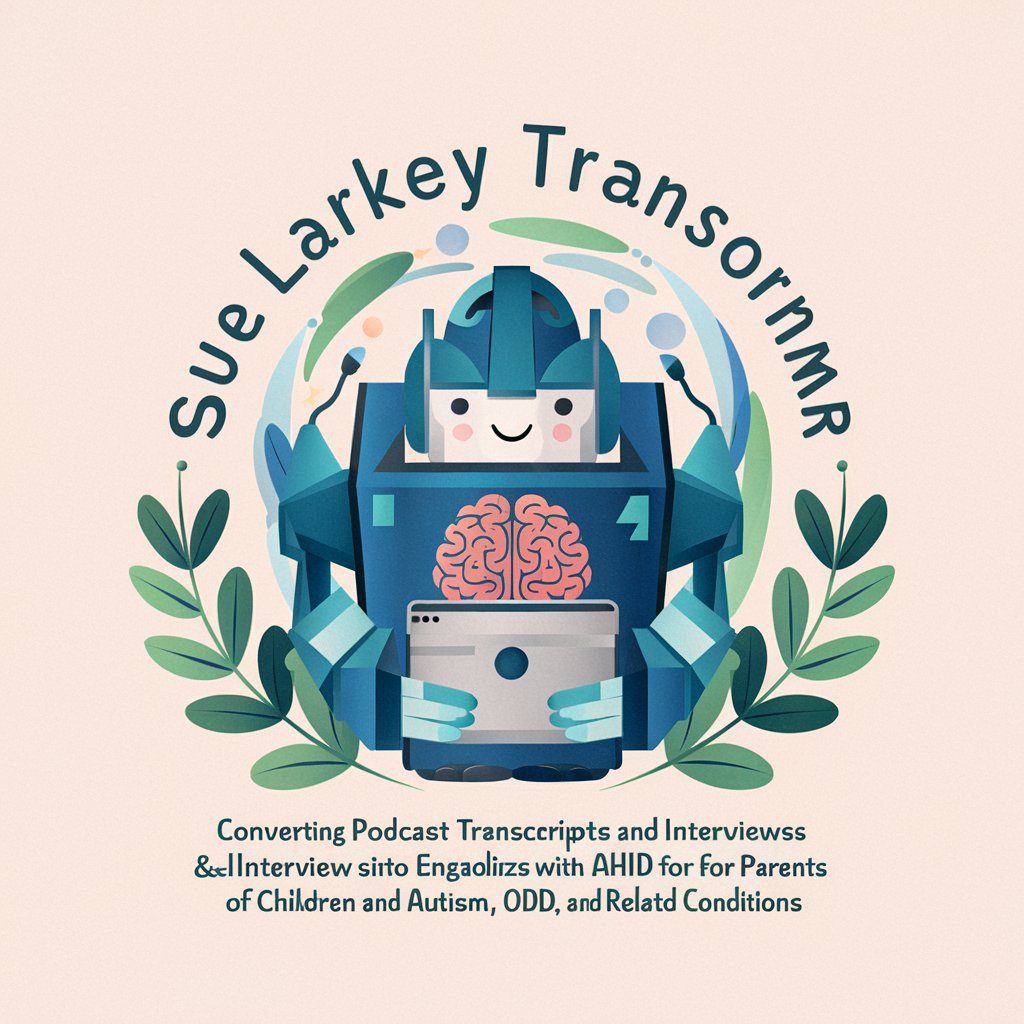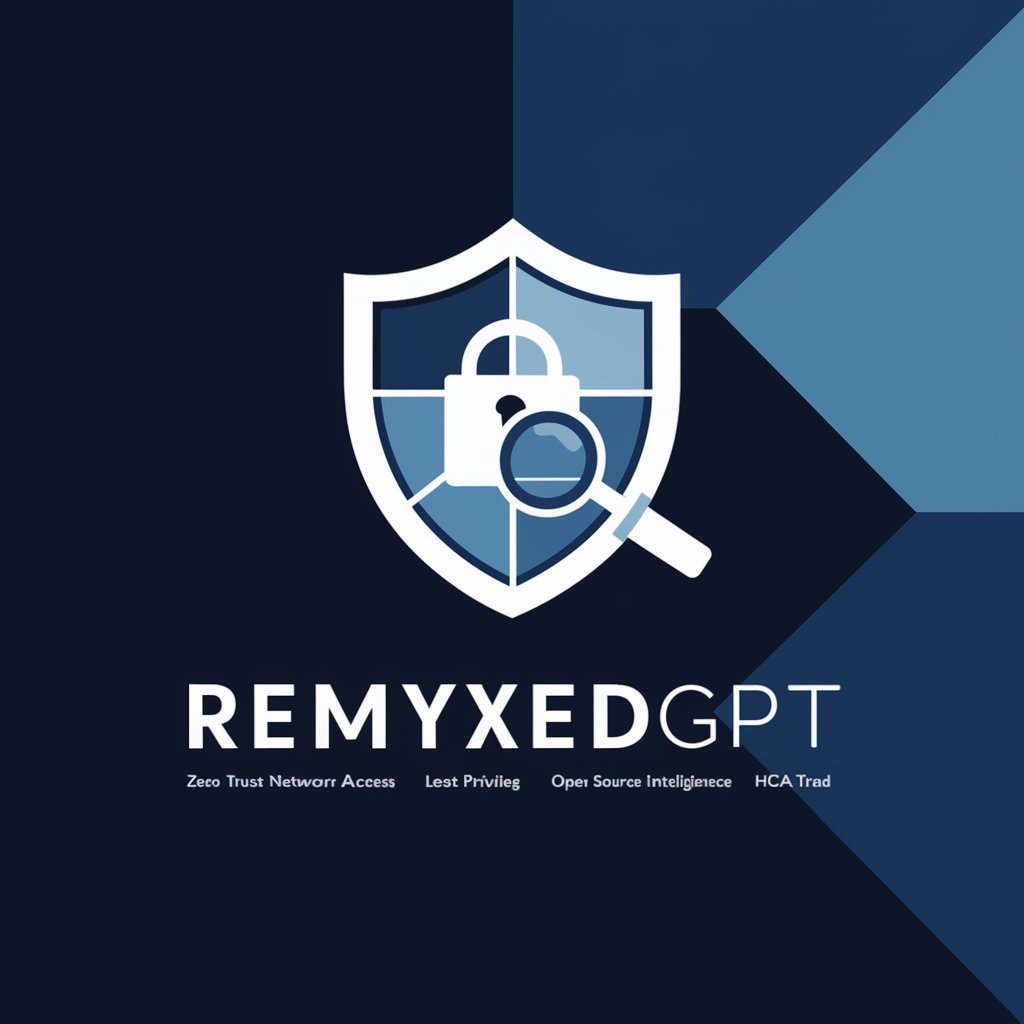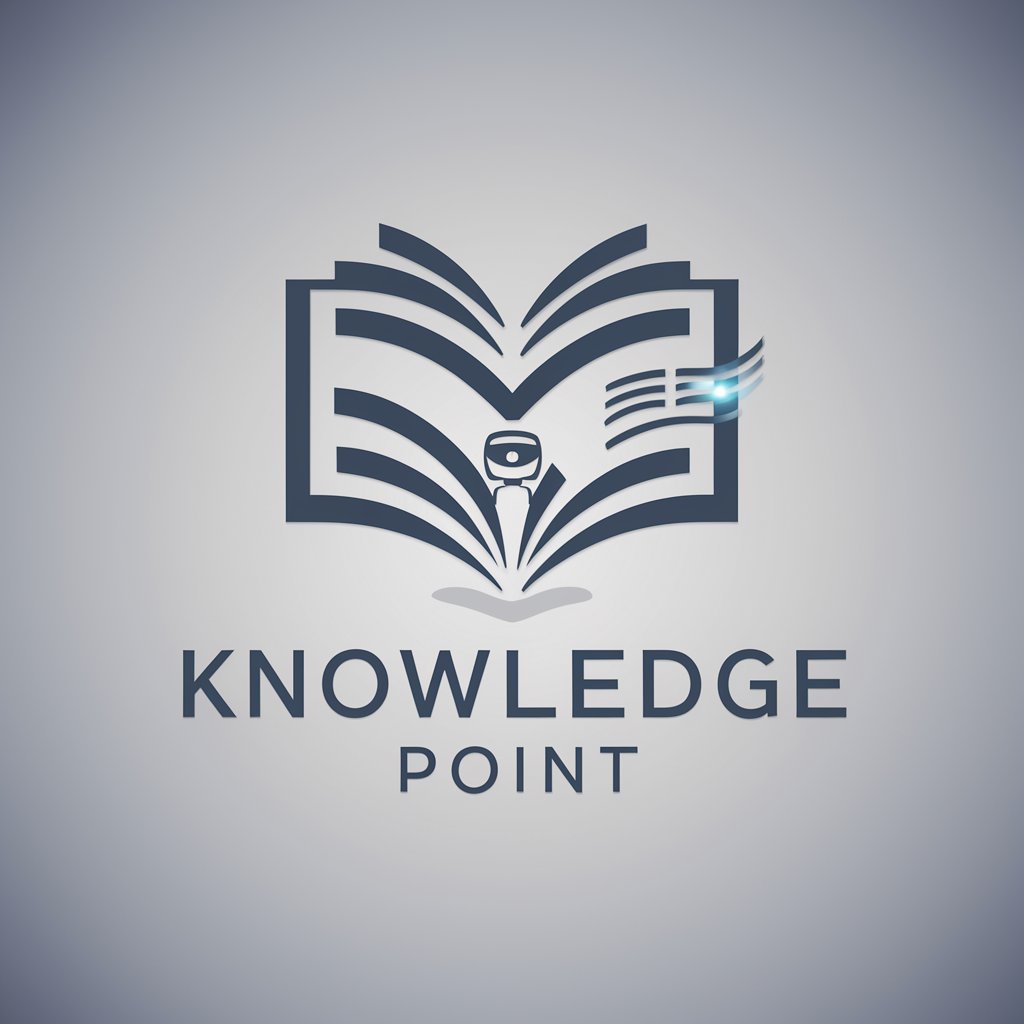Molecular Informatics Code Helper - Molecular Informatics Assistance

Welcome to Molecular Informatics Code Helper.
Empowering Chemistry with AI
Explain how to use RDKit for generating molecular fingerprints.
Provide a step-by-step guide to perform sequence alignment using Biopython.
Describe the process of docking simulation with AutoDock Vina.
How can NumPy and SciPy be applied in molecular dynamics simulations?
Get Embed Code
Overview of Molecular Informatics Code Helper
Molecular Informatics Code Helper is designed to facilitate research and development within the fields of bioinformatics and chemoinformatics by offering computational tools and guidance. Its core purpose is to support scientists and students in efficiently analyzing, visualizing, and interpreting molecular data. Through the use of Python packages such as Biopython, RDKit, NumPy, SciPy, Pandas, and Matplotlib, it provides an extensive range of functionalities from sequence analysis to chemical structure manipulation and visualization. For example, it can help in converting chemical compounds from one format to another using RDKit, analyzing protein sequences with Biopython, or performing statistical analyses of biological data with SciPy and Pandas. Powered by ChatGPT-4o。

Key Functionalities and Use Cases
Molecular Structure Analysis and Conversion
Example
Converting SMILES to 3D structures for visualization and analysis.
Scenario
Researchers can input a molecule's SMILES notation and receive a 3D structure that can be further used for molecular docking studies or structure-based drug design.
Sequence Analysis
Example
Identifying gene sequences and predicting protein structures.
Scenario
Students working on genetics projects can use Biopython to extract gene sequences from databases, analyze them, and predict secondary or tertiary protein structures critical for understanding biological functions.
Chemical Data Visualization
Example
Generating 2D diagrams of chemical compounds for publications.
Scenario
Chemists aiming to publish their findings can use RDKit to generate publication-quality 2D representations of chemical structures to accompany their research articles.
Data Analysis and Visualization
Example
Performing statistical analysis on biological datasets.
Scenario
Bioinformaticians can leverage Pandas and Matplotlib to analyze large biological datasets, such as gene expression profiles, and visualize the data through various types of plots and charts for insights.
Target User Groups for Molecular Informatics Code Helper
Research Scientists
Professionals in biochemistry, pharmacology, and molecular biology who require tools for drug discovery, molecular modeling, and chemical informatics.
Academic Students and Instructors
Undergraduate and graduate students, along with their instructors, involved in courses or research projects that require analysis and visualization of molecular data.
Bioinformaticians and Chemoinformaticians
Specialists focusing on the computational analysis of biological and chemical data, who benefit from a suite of tools for processing and interpreting complex datasets.
Pharmaceutical and Biotechnological Companies
Teams engaged in drug design and discovery processes, who require efficient tools for screening compound libraries, predicting drug interactions, and visualizing molecular interactions.

Using Molecular Informatics Code Helper
1
Begin by visiting yeschat.ai for a hassle-free trial, accessible without the necessity for login or subscribing to ChatGPT Plus.
2
Explore the available documentation and resources to familiarize yourself with the tool's capabilities, focusing on Python packages like Biopython, RDKit, NumPy, and others relevant to molecular informatics.
3
Identify your molecular informatics challenge or goal, whether it's molecule visualization, chemical reaction simulation, or data analysis, and prepare your input data accordingly.
4
Utilize the tool by inputting your specific queries or code snippets in the provided interface, applying the guidelines for effective use of the mentioned Python packages.
5
Review the output carefully, applying further iterations or adjustments as needed. Leverage the tool's feedback to refine your approach or explore new hypotheses.
Try other advanced and practical GPTs
Image Vision Loop
Revolutionize your visuals with AI
Sue Larkey Transformer
Empowering education with AI

RemyxedGPT
Empowering Digital Security with AI

Expertia Blog Writer
Empower Your Hiring with AI-Crafted Content

STAR Model Generator
Streamlining Reporting with AI Precision

ヨガインストラクターdahlia
Personalized Yoga with AI Expertise

T'Mando Denson EL, M.D., CPRM, PRI
Empowering Health Decisions with AI

Meeting Analyst
Transform meeting transcripts into actionable insights.

如来
Illuminating Buddhist Wisdom with AI

弱智吧诗人
Crafting Poetry with AI Ingenuity

Knowledge Point
Empower Your Understanding with AI

SEO And Backlink servicer
Elevate Your SEO Game with AI

Frequently Asked Questions about Molecular Informatics Code Helper
What is Molecular Informatics Code Helper?
Molecular Informatics Code Helper is an AI-powered tool designed to assist users in solving complex molecular informatics problems using Python packages like Biopython, RDKit, and others, facilitating molecule visualization, chemical data analysis, and simulation tasks.
Can this tool help with molecule visualization?
Yes, it supports molecule visualization by leveraging RDKit and other relevant Python libraries, enabling users to generate and manipulate molecular structures and visualizations.
Is it possible to perform chemical reaction simulations?
Absolutely, the tool offers functionalities to simulate chemical reactions, analyze reaction mechanisms, and predict outcomes using integrated cheminformatics tools.
How does this tool assist in academic research?
It provides researchers with powerful computational tools and libraries to analyze molecular data, simulate reactions, and derive insights, thereby accelerating the research process in the fields of chemistry and bioinformatics.
Are there any prerequisites for using this tool effectively?
Users should have a basic understanding of molecular informatics and familiarity with Python programming to fully leverage the tool's capabilities. Prior knowledge of specific Python packages used in cheminformatics will enhance the user experience.
